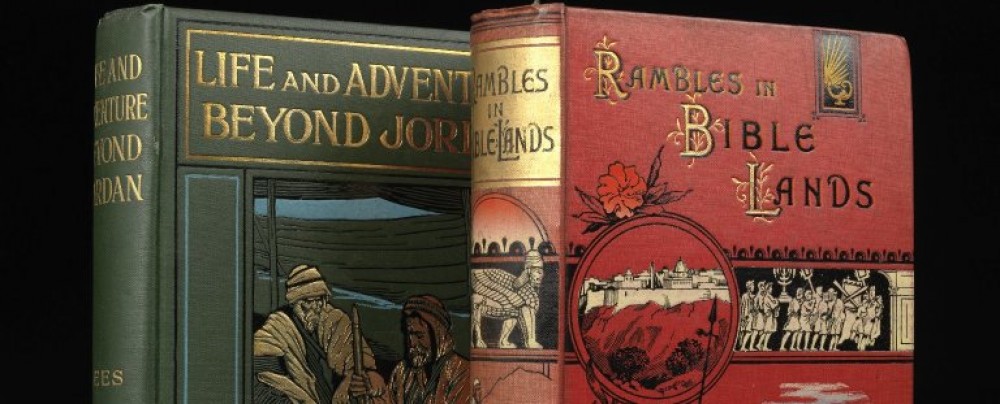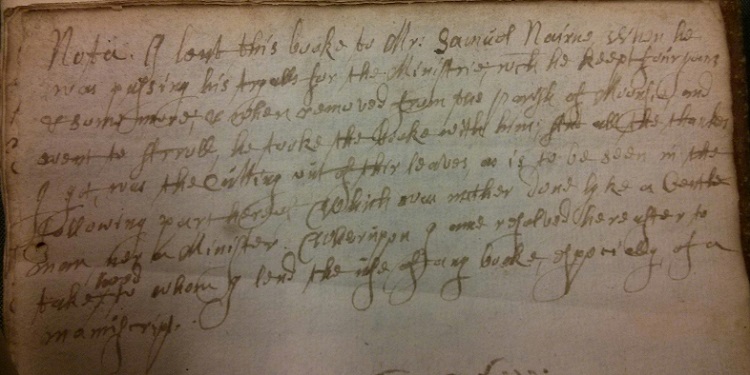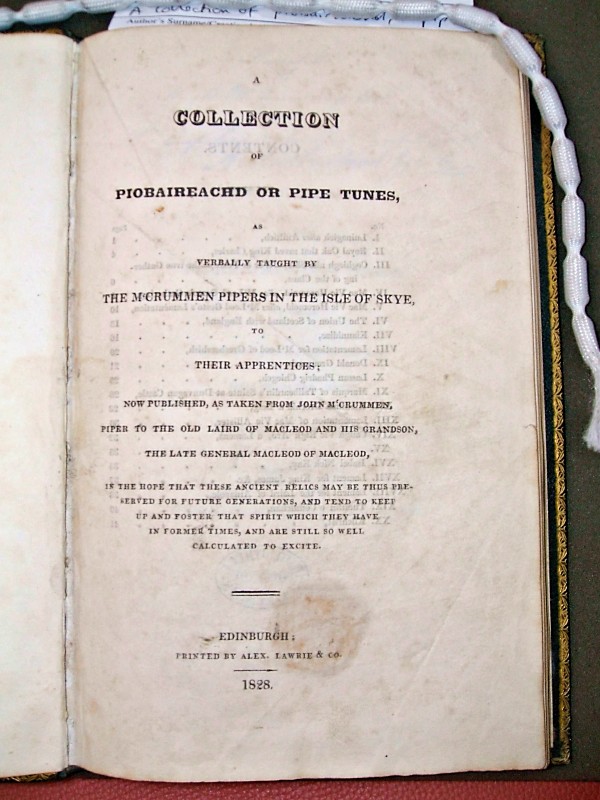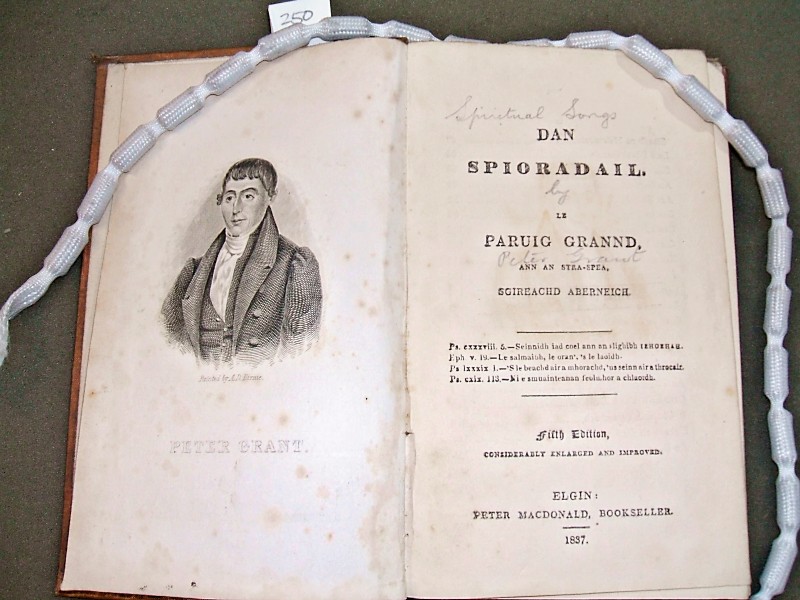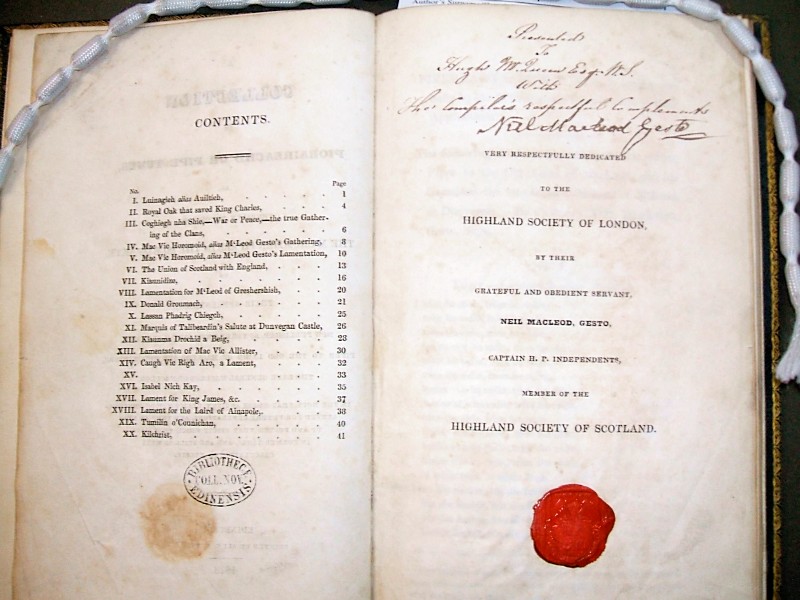A guest post from Chloe Elder – New College Library Special Collections Digitisation Intern
Considering the ease with which most of us have access to information, it can be easy to forget the long way society has come in its efforts to provide resources for the public. For example, I’ve written this post on my very portable laptop in my Wi-Fi enabled flat and with my iPhone in constant peripheral vision. As we all know, before the days of the internet, our search for information required a trip to the library, but public libraries as we know them today did not exist before the middle of the nineteenth century. In the centuries preceding, the library has evolved from storehouses for records and archives, to ecclesiastical and academic cloisters, and the private collections of the elite and learned. And beginning in the late seventeenth century history, history saw a shift from the relative seclusion of these repositories toward a trend that supported the public dissemination of knowledge. One pioneer in this effort in Scotland was James Kirkwood, who is best known for his determination to provide Bibles to the parishes of the Scottish Highlands and for advocating for the establishment of parish libraries throughout Scotland in the late seventeenth and early eighteenth centuries.

James Kirkwood’s signature. MSS KIR 3.1, New College Library
